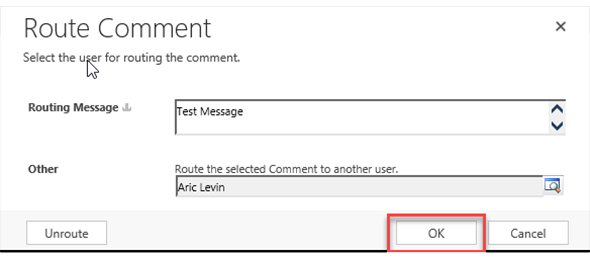Portals: Pass multiple parameters between Entity Forms
Recently we had the need to create multiple Entity forms in our portal, and be able to pass multiple parameters between the different pages of the portal. As it seems, you are able to pass a single parameter (such as the id of the created record) to the next form, but passing multiple does not seem to be the case. For this particular scenario, using Web Forms was not an option.

